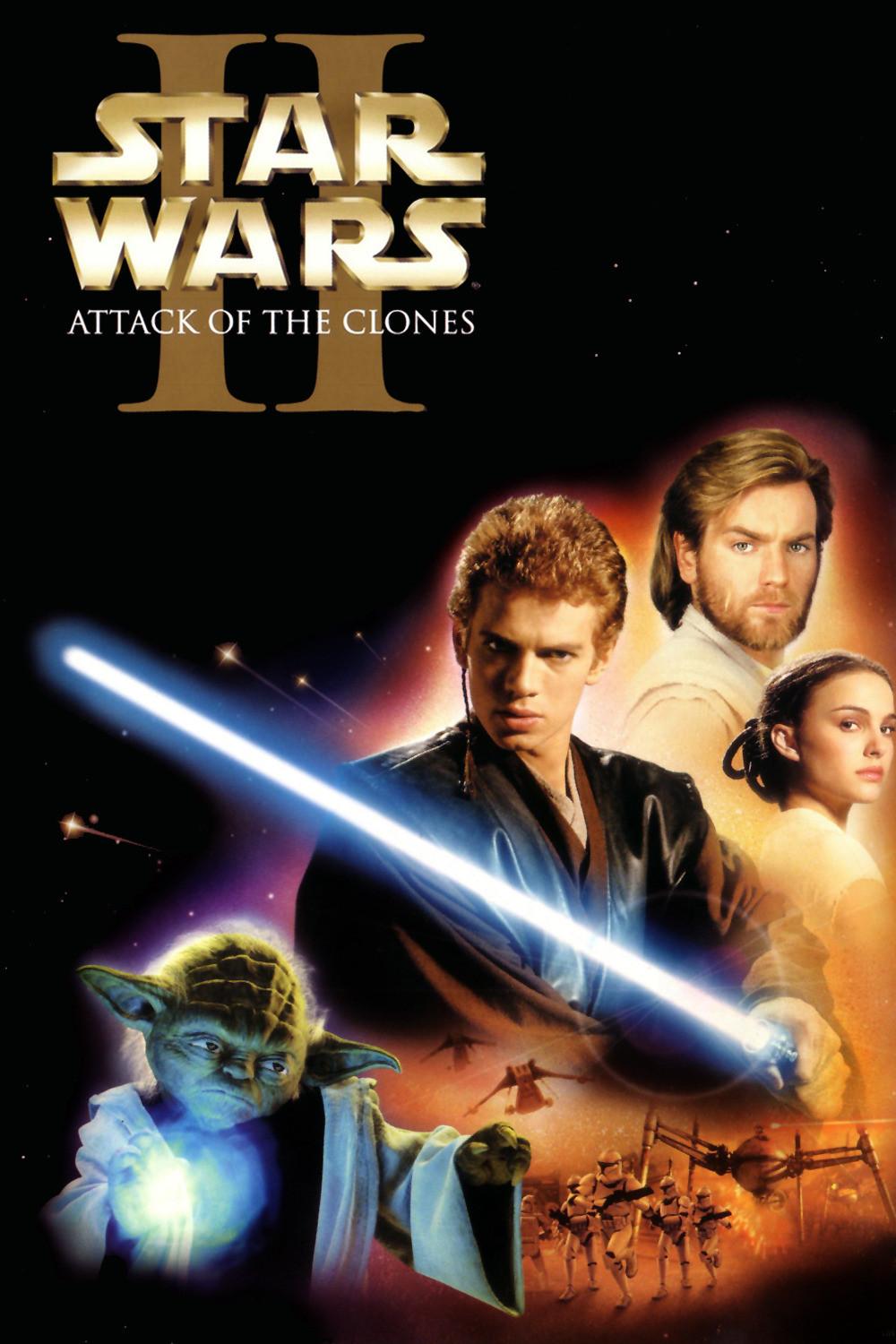Post-Note: This discussion was intended to delve into how intelligent life could be very different from us as human beings. Instead, its focus drifted to social commentary. The updated version can be found
here.
 |
| Photograph by Bill
Curtsinger, National Geographic |
Prejudice.
It has been a constant black mark on the record of humanity.
Always present, from the moment self-awareness emerged in us and brought us to
a new state of life above the animals. It comes in every form imaginable, an
unnatural hatred for those from enemy tribes, those who worship different gods,
those with different skin tone, or body shape, or sexual organs, or gender
identity, or body markings, or clothing choice; those who don’t look like we
do, or talk like we do, or think like we do, or believe what we do.
Prejudice: Fear and judgment of those we do not understand,
of Those Not Like Us.
We are fortunate to live in a time and place where learning
is praised, and when we look to history to avoid the mistakes of the past. More
and more we value education, the information needed to understand and accept
others increasingly available for people to find. Countless stories have been
written addressing the wrongness of prejudice, exposing it as the ugly demon
beast it is. Little by little, moment by agonizingly slow moment, prejudice is
lessening its strangle-hold on humanity. But there is one more group of Those
Not Like Us, one which could be vastly more different from us than any two
groups of humans have ever been. One group that could revitalize the black
flame of hatred as hot and consuming as ever: aliens.
Yet it is not fair to call aliens one group. The word
“alien” originally meant another human from a far-off land. As more of the
world became known, the people who fell under the label of “alien” became fewer
and fewer. Eventually, advances in biology confirmed that humans are more
similar than different, and “alien” was redefined to mean someone not from
Earth. Now it is almost certain that intelligent life beyond Earth is
mind-bogglingly vaster and more varied than humanity, so why on earth would we
lump the entirety of the intelligent universe except ourselves into one group?
Though the precise definition of the word has changed over time, its meaning
has not; “alien” is a label for Those Not Like Us.
Common across humanity, there are physical traits, emotions,
and ways of dealing with things. We take these things for granted, because
although they vary from person to person, culture to culture, they share many
key aspects. But intelligent aliens, having evolved completely independently
from us or anything else on earth, might feel entirely different emotions,
think entirely different kinds of thoughts, and view the world in entirely
different ways. Music, which brings us amazing emotional connection and
expression, might sound like garbage noise to them. They might not be able to
make sense of TV and computer screens, which take advantage of our eyes’
ability to mix colors. They almost certainly will not be able to recognize or
interpret human facial expressions. Aliens may have completely different senses
and communication methods, such as light or magnetic field patterns. Because of
the mind-boggling variability of DNA, as well as the possibility of other means
of genetic coding like RNA or PNA, there is unimaginable potential for what
life could be like. The possibilities of difference are, simply put,
astounding.
Heck, we may, in doing something that we always do without
thinking, offend aliens we meet. For example, if there is a race that
communicates by pheromones, we humans could be unwittingly and uncontrollably
giving them the equivalent of the middle finger just by our body odors.
 |
Rose: "What's the emergency?"
Doctor: "It's mauve. The universally recognised colour for danger."
Rose: "What happened to red?"
Doctor: "That's just humans. By everyone else's standards, red's camp.
Oh, the misunderstandings. All those red alerts, all that dancing.
|
Or imagine it the other way around; imagine creatures with
appendages shaped like swastikas, or defining marks shaped like pentagrams.
Considering humanity’s fear of the unknown and tendency to make associations,
in such a case the masses would be crying out for blood, seeing these creatures
as hordes of evil. Take, for example, Young-Earth Creationist Ken Ham, who
claims that intelligent aliens don’t exist. His argument goes roughly as
follows:
Premise: If intelligent aliens exist, they have no chance
for salvation through Jesus Christ.
Conclusion: Therefore, intelligent aliens don’t exist.
You can read his actual words and response to criticism
here.
Post-Note: I realize I have been unfair to Ken Ham and a large number of people who follow his influence. Previously, there was a paragraph here targeting Ken Ham and his followers, claiming that they are primed for alien racism. There is a big difference between believing someone will go to Hell and
wanting them to go to Hell. From what I have seen of Ken Ham, he is a polite, decent man who honestly wishes the best for people. If he were to meet an alien face to face, I expect he would be as cordial as he is toward anyone. I am generally against editing what I have said in previous posts, but this was inappropriate. My intent was not to attack anyone, but to caution that humanity is not ready to meet people from another planet.
 |
"God bless the cactuses!" "That's 'cacti.'" "That's racist."
|
This is where the speculative power of fiction comes into
play. Fiction introduces new ideas to its characters, who interpret and react
to these ideas in similar ways to how real people would. Consider Ender’s game
(spoilers), by Orson Scott Card. The main character is born into a world
reeling from an invasion by an insectoid race. The creatures, which humanity
pejoratively calls the Buggers, swooped down to Earth and killed hundreds of
thousands of humans. The entirety of human civilization from that moment on was
focused on taking revenge and wiping out the Buggers before they returned to
destroy the rest of humanity. In the end, however, it is revealed that the
Buggers’ invasion was a misunderstanding. Bugger colonies are one organism with
a collective consciousness centered at its queen. Killing a few bugger drones
is as harmless to the creature as cutting a human’s hair, or clipping one’s
fingernails. The Bugger queen who invaded Earth thought that humans were the
same as she, and so killing a few would be no big deal. She had no intention of
starting a war; she only wanted to make contact.
End spoilers.
In all likelihood, our first contact with aliens will be
much less catastrophic than the Buggers’ attack. Still, it is inevitable that some
subset of humanity will succumb to fear and cry out for blood, hoping that the
creatures will be eradicated and forgotten so that we can go back to the old
days of wondering if we are alone in the universe. Others will judge our
newfound neighbors in different ways, and to varying degrees. We cannot change
the fact that this will happen, but we can soften the shock by preparing now to
receive our first discovery of alien brothers, sisters, and whatever else they
may be, with a spirit of curiosity and forgiveness. Indeed, history and fiction
already are full of contact scenarios to learn from and improve upon. We have
the tools we need. If we ready ourselves now to seek understanding above all
else, we may avoid the larger conflict later on, allowing us to freely share
our knowledge with each other and move on together to a new level of civilization
that neither of us could have achieved alone. Let us learn from our past and
put aside our fear of the unknown, so that when we discover new life and new
civilizations, we may with open arms welcome Those Not Like Us.


































